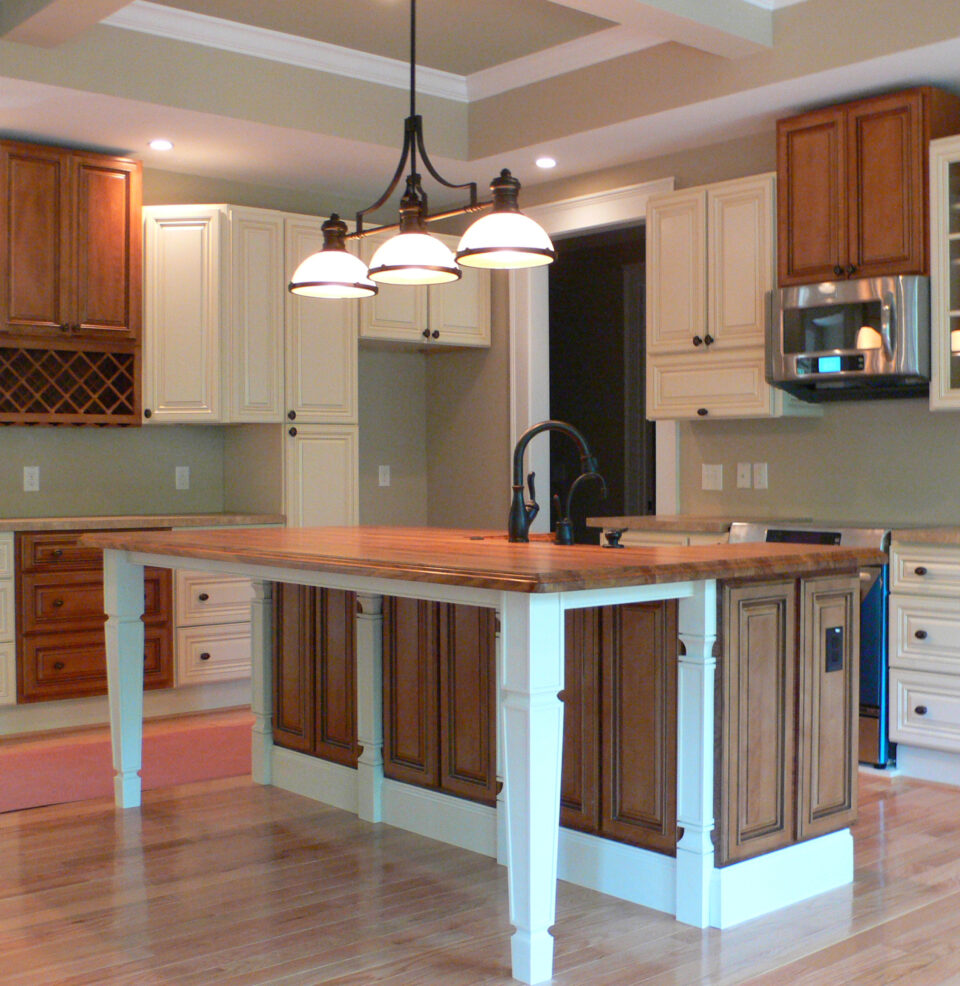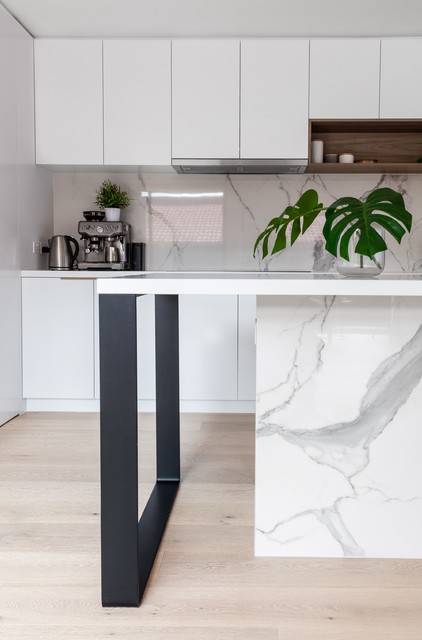Fashionable Kitchen Island Leg Concepts to Elevate Your Kitchen Decoration
Fashionable Kitchen Island Leg Concepts to Elevate Your Kitchen Decoration
Blog Article
The Importance of a Sturdy Kitchen Island Leg in Creating a Practical Cooking Location
A strong kitchen area island leg works as a basic part in establishing a useful food preparation environment, supplying required assistance for both the kitchen counter and numerous cooking area tasks. The security it supplies can dramatically lower the danger of crashes in high-traffic areas, while additionally adding to the total visual comprehensibility of the area. As cooking areas progress right into multifunctional locations for cooking, dining, and mingling, the option of products and design factors to consider for island legs comes to be increasingly important. Comprehending these components can change your cooking area into a safer and much more reliable location, prompting additional exploration into the most effective choices readily available.
Benefits of Sturdy Island Legs
Providing important support, sturdy cooking area island legs play an essential role in boosting the capability and longevity of kitchen area islands - kitchen island leg. These legs not just birth the weight of the countertop and any kind of added items placed on the island, but also add to the general security of the structure. A well-supported cooking area island guarantees that it stays practical and upright, also under heavy use, which is particularly vital in active kitchen settings
In addition, tough island legs can enhance the visual allure of the kitchen area. They supply a strong framework that can enhance different style styles, from modern to conventional. This adaptability allows property owners to personalize their cooking area islands according to personal taste while making sure that the architectural honesty stays uncompromised.
In addition to their supportive function, durable cooking area island legs can additionally enhance safety. Inevitably, spending in sturdy kitchen area island legs is necessary for a practical and visually pleasing cooking area.
Products for Kitchen Area Island Legs
When picking products for kitchen area island legs, sturdiness and aesthetic appeal are critical aspects to take into consideration. The most usual materials include wood, metal, and crafted timber, each offering unique benefits.
Wood, such as cherry, oak, or maple, is a traditional choice because of its toughness and classic appeal (kitchen island leg). It can withstand significant weight and is immune to wear, making it suitable for high-use kitchen environments. In addition, hardwood can be tarnished or repainted to match different kitchen styles
Steel legs, often crafted from stainless steel or functioned iron, provide a modern and commercial appearance. They are incredibly solid and can support significant loads while being immune to dampness and heat, which is useful in a cooking area. Metal legs can likewise be quickly cleansed, boosting their functionality.

Layout Considerations for Security
The choice of materials for cooking area island legs straight affects the layout considerations for stability. When designing a kitchen area island, it is paramount to evaluate the weight-bearing capacity of the selected products. Larger products, such as solid wood or steel, generally give better security, particularly under the tension of day-to-day usage.
Furthermore, the leg design need to include appropriate geometry to improve security. A larger base enhances the support location, decreasing the danger of tipping or tottering. Factor to consider should likewise be offered to the height of the legs; disproportionate leg sizes can bring about discrepancy, endangering the total stability of the island.
In addition, the circulation of weight throughout the my response island is important. Making sure that the leg positioning aligns with the heaviest parts, such as countertops and devices, will better improve security.
Maintenance Tips for Long Life

Cleaning up is another critical element of upkeep. Relying on the product of the legs-- whether timber, metal, or composite-- proper cleansing approaches ought to be employed. For wooden legs, a mild wipe with a damp towel and an ideal timber cleaner will assist preserve their coating. Metal legs may call for a light polish to avoid corrosion and maintain their luster.
Furthermore, tightening up screws and screws routinely can make certain security and prevent wobbling. If the cooking area island experiences heavy use, think about strengthening the legs with extra brackets or supports to enhance resilience. Using a visit this site right here protective finish or sealant can safeguard against moisture and spots, extending the life expectancy of the legs. By following these maintenance ideas, homeowners can guarantee their kitchen area island legs continue to be practical and durable for years to come.
Picking the Right Leg Design
Routine upkeep guarantees that kitchen island legs remain strong and functional, however choosing the appropriate leg design is just as essential for both aesthetic appeals and support. The selection of leg design can significantly influence the overall style and harmony of your cooking area.

Functionality is another important aspect. For instance, thicker legs or those with a strong base can sustain much heavier counter tops and equipment, enhancing the island's energy. Conversely, slender legs may produce a ventilated appearance, appropriate for lighter layouts however possibly less encouraging.
Final Thought
In recap, the importance of strong kitchen island legs can not be overstated in the development of a useful cooking area. These legs provide vital my company support, improve stability, and contribute to the overall visual of the cooking area.
A strong kitchen area island leg offers as an essential element in establishing a functional food preparation environment, providing required assistance for both the counter top and numerous cooking area tasks.Giving necessary assistance, sturdy cooking area island legs play an essential function in enhancing the performance and longevity of kitchen area islands. Eventually, investing in sturdy cooking area island legs is crucial for a functional and aesthetically pleasing cooking area.
Factor to consider should likewise be offered to the height of the legs; out of proportion leg sizes can lead to inequality, compromising the total stability of the island.
Wood legs supply heat and a classic look, while steel legs supply a commercial and modern feeling.
Report this page